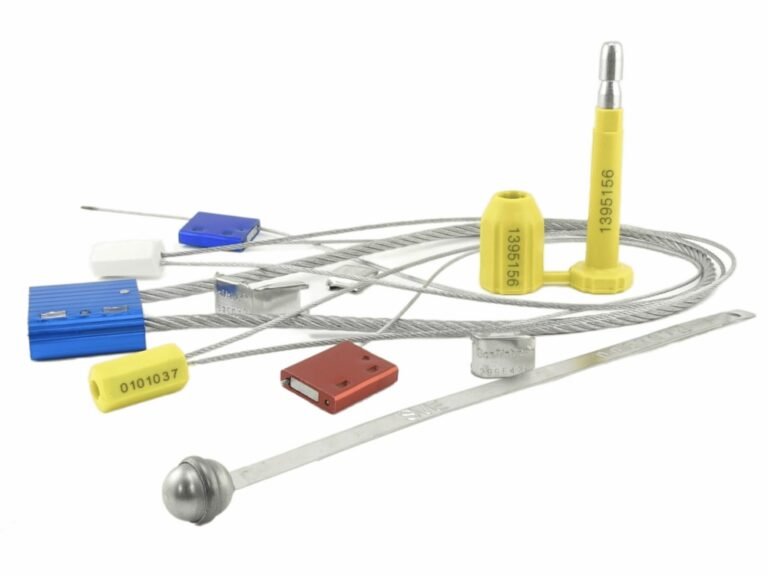Are you facing unexplained revenue losses and suspect meter tampering? Without the right system, proving a breach and protecting your assets is a constant, uphill battle against theft and fraud.
A utility meter seal is a low-cost, single-use locking device that provides immediate visual evidence of tampering. Its primary job is not to be an unbreakable barrier, but to serve as a visual verification tool that protects the integrity of the meter's data.

When I ask a new procurement manager "What is a meter seal?" the typical answer is "a plastic lock to stop tampering." That's the amateur view. The professional answer, the one that can save your company a fortune, is this: "It's a low-cost, visual, field-based data integrity verification tool." This article's mission is to guide you through that mental upgrade. You're not just buying a physical device; you are procuring a critical tool to ensure the data you bill from is trustworthy. This small shift in perspective changes everything.
What is a Utility Meter Seal and How Does It Protect Your Assets?
Do you think a simple plastic lock can truly stop a determined thief? This misconception causes companies to either over-invest in the wrong features or underestimate the seal's true purpose.
A meter seal is a uniquely numbered, single-use device that provides clear visual evidence of a breach. It protects assets not by being unbreakable, but by creating an undeniable record of tampering, thus protecting revenue and data integrity.
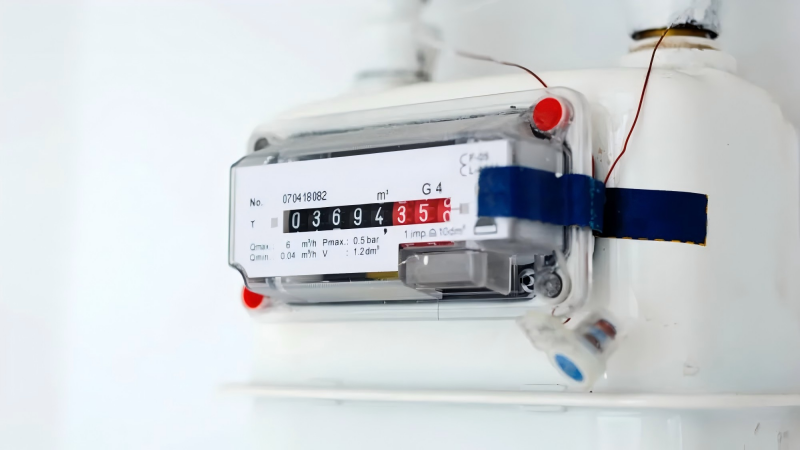
Let's be precise about the seal's mission. Its job is not to fight a thief armed with bolt cutters—no plastic seal can win that fight. Instead, its design is based on a much smarter strategy: information warfare.
It’s a Witness, Not a Guard
The seal's primary role is to act as a reliable witness. If a meter's casing is opened, the seal must be broken. Because it's a single-use device with a unique serial number, it cannot be replaced without the discrepancy being noticed. This irrefutable evidence is what allows you to take action, whether it's launching an investigation, back-charging for stolen services, or pressing legal charges. It provides the proof that is so often missing in utility theft cases.
It Protects Data Integrity
The ultimate asset a meter protects is not the electricity or water itself, but the data about its consumption. A compromised meter provides bad data, leading to incorrect billing and revenue loss. The seal is the final link in the chain of trust for that data. A sealed meter means the data is reliable. An unsealed or broken seal means the data is suspect. Thinking of it this way aligns the procurement of a physical item with the company's financial and data management goals.
What Does a Broken Seal Mean? A Full Analysis from Revenue Loss to Safety Risks?
Do you treat a broken meter seal as a routine maintenance issue? This is a critical mistake. A compromised seal is a red flag for major financial losses and severe safety hazards.
A broken seal is a direct signal of a security breach. It means you are likely losing revenue from electricity, water, or gas theft and, more critically, it indicates an unauthorized, unqualified individual may have created a serious safety risk.
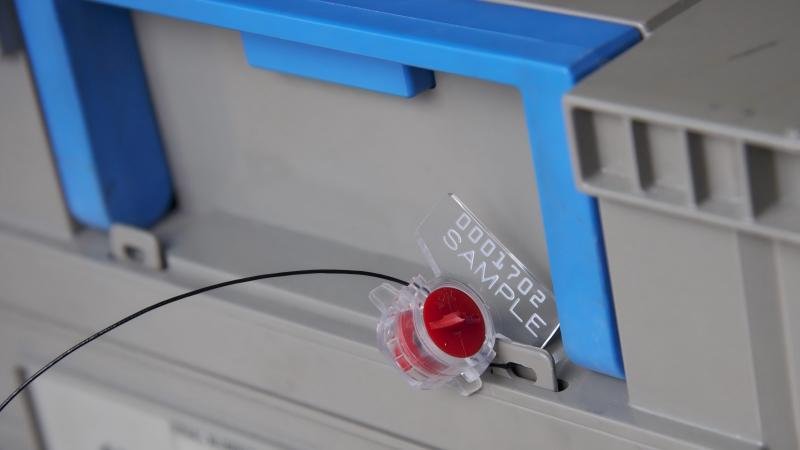
In my years in this industry, I've seen companies lose millions because they failed to appreciate the full gravity of a broken seal. It's an emergency signal that requires immediate analysis. The consequences cascade into three critical areas.
Direct Revenue Loss
This is the most obvious impact. A compromised meter allows for the un-billed consumption of a utility. Whether by bypassing the meter or altering its mechanism, the company is providing a service without compensation. For large utilities, even a small percentage of tampering across thousands of meters can result in millions of dollars in annual losses.
Hidden Operational Costs
The direct theft is only the beginning. A broken seal triggers a costly operational response: dispatching a senior technician for investigation, the administrative time spent documenting the breach, and the potential for lengthy and expensive customer disputes. These hidden costs can often exceed the value of the stolen utility service.
Grave Safety Hazards
This is the most critical and often overlooked consequence. An unqualified person tampering with an electric meter can create a significant fire hazard or risk of electrocution. A tampered gas meter can lead to leaks, creating a risk of explosion. A broken seal isn't just a financial problem; it's a public safety issue that exposes the utility provider to immense liability.
Choosing the Right Meter Seal: From Twist to Padlock Styles, Find the Best Fit for Your Application?
Are you overwhelmed by the variety of meter seals available? Choosing the wrong style for your specific meter can result in a seal that is easy to bypass or impossible to install correctly.
The right meter seal is determined by the physical design of your utility meter. Twist seals are versatile for small apertures, while padlock and anchor seals are better for hasp-style locking mechanisms.
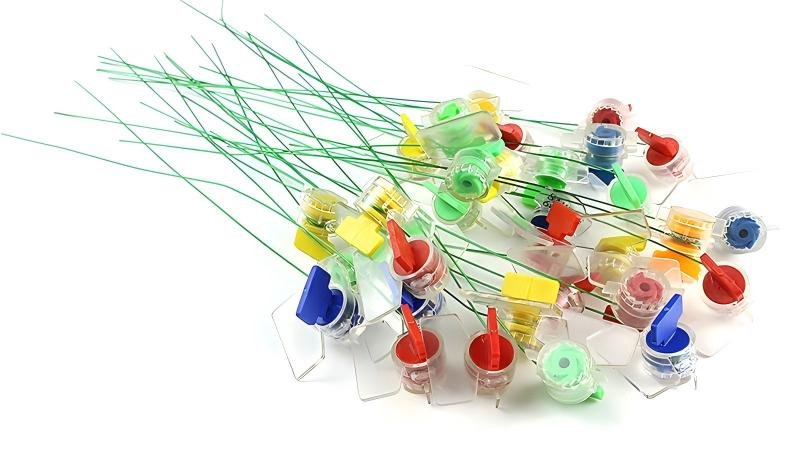
As your "data integrity tool," the seal must be applied correctly to be effective. The physical interface between the seal and the meter is paramount. Let's look at the most common tools and their specific jobs.
| Seal Type | Description | Best Application | Key Advantage |
|---|---|---|---|
| Twist Seals | A plastic body with a thin sealing wire that is threaded through an opening and then tightened and locked by turning a handle. | Electric and gas meters with small, drilled-out holes in their locking tabs. | Highly versatile; the wire can be of any length and can secure multiple components at once. |
| Padlock Seals | A single-piece plastic or metal seal that clicks shut like a padlock. No key is used for opening; it must be broken. | Meters with hasp-style closures that resemble a gate latch. Common on meter rings and cabinets. | Extremely fast and easy to apply; provides a strong visual deterrent. |
| Anchor/Cinch Seals | A plastic seal with a fixed-length, serrated strap that is pulled tight and cinched into a locking mechanism. | Securing meter box covers or valves that require a fixed-loop diameter for security. | Simple, one-piece design that is cost-effective and easy to inspect. |
Application and Removal Protocols: Best Practices for Field Operations?
Do you believe that just handing seals to your technicians is enough? Without a strict protocol, seals can be lost, misapplied, or their serial numbers recorded incorrectly, rendering the entire system useless.
Effective meter security depends on a disciplined protocol. This includes logging every seal number upon application, verifying a tight fit, and having a clear procedure for documenting and reporting broken seals found in the field.
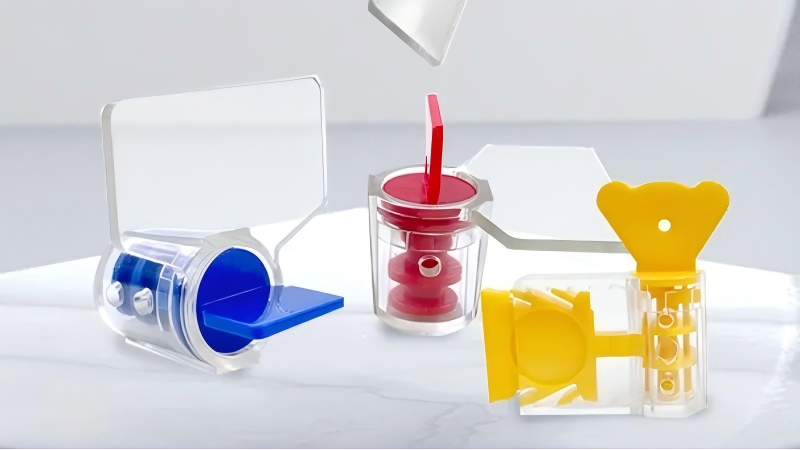
The best data integrity tool in the world is worthless if it's used improperly. The human process surrounding the seal is what gives it its power. In my experience, a successful field protocol must include these non-negotiable steps:
- The "Pull Test": After applying any seal, the technician must give it a firm pull. This ensures the locking mechanism is properly engaged. A loosely applied seal is an open invitation for tampering.
- Record Immediately: The technician must record the seal's unique serial number in their log or digital device at the moment of application. Doing it later from memory is a recipe for error. This creates the official start of the chain of custody.
- Document the Old and New: When replacing a seal during routine maintenance, the old seal number must be documented as "removed" and the new seal number documented as "applied" in the same service record. This creates a seamless, auditable trail.
- Photograph Broken Seals: When a technician discovers a broken or missing seal, the protocol must require them to take a time-stamped photograph of the meter before touching anything else. This photo becomes crucial evidence for any subsequent investigation.
Your Procurement Checklist: 5 Key Points to Verify in a Meter Seal Supplier?
Do you choose your meter seal supplier based on price alone? A cheap, low-quality seal that can be easily defeated or fades in the sun compromises your entire data integrity system.
A reliable supplier is a partner in your security strategy. You must verify their quality control, customization capabilities, material durability, marking permanence, and supply chain reliability to ensure your tools are effective.
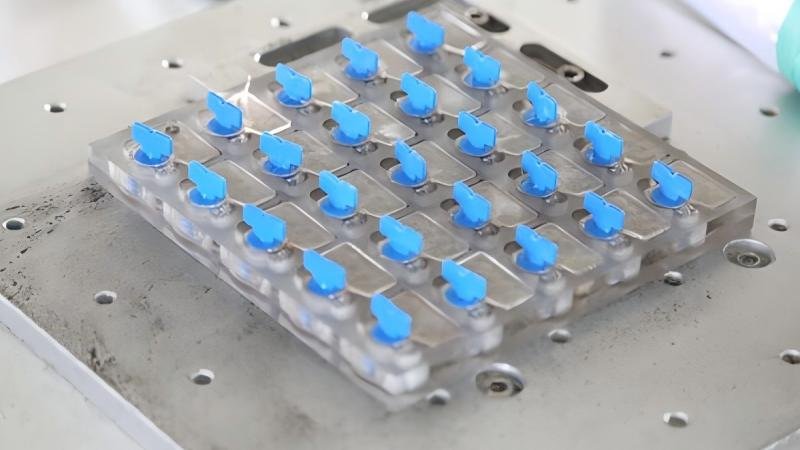
When you procure a "data integrity tool," you need to ensure the tool itself is sound. Here is the five-point checklist I give to procurement managers to vet their suppliers.
- Material Quality: Ask for the specific type of plastic used (e.g., Polycarbonate for clear bodies, Polypropylene for durability). Does it have UV inhibitors to prevent the markings from fading and the plastic from becoming brittle in direct sunlight?
- Marking Technology: Are the serial numbers and logos hot-stamped or laser-etched? Laser etching is far superior as it permanently engraves the plastic and cannot be rubbed off or altered.
- Internal Locking Mechanism: Ask about the locking mechanism. For twist seals, is it metal or plastic? A metal insert provides significantly more security against tampering.
- Quality Control & Traceability: What is their QC process? Can they guarantee that no serial numbers are ever duplicated? A duplicated number completely destroys the integrity of your seal log.
- Customization and Partnership: Can they customize the seal with your company's name and logo? This prevents a common form of fraud where a perpetrator replaces your seal with a generic, off-the-shelf one. A good supplier works with you to enhance your security.
Conclusion
Stop thinking of meter seals as simple plastic locks. They are sophisticated, low-cost tools for verifying data integrity, protecting revenue, and ensuring public safety. Your procurement strategy should reflect this critical role.
Procure Your Data Integrity Tools from the Experts
At ProtegoSeal, we specialize in high-quality, durable, and permanently marked utility meter seals. We can partner with you to select the right tool and ensure your procurement meets the highest standards. Contact me for a consultation and samples.

